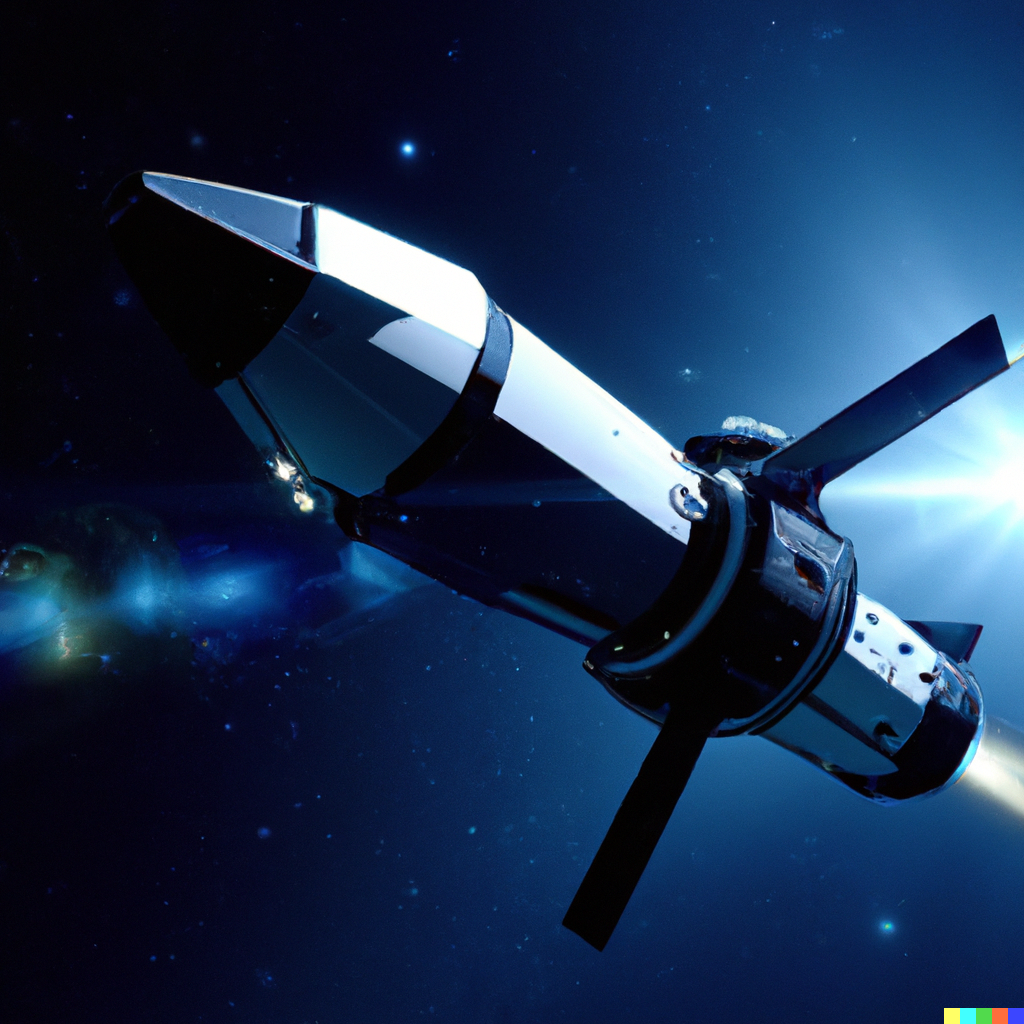August 31 | Space Technology SpaceTech

In an era where technological advancements are reshaping every facet of our lives, space technology—often termed SpaceTech—stands out as one of the most exhilarating and rapidly evolving fields. From revolutionary spacecraft and sophisticated satellite systems to ambitious plans for interplanetary travel, the pace of innovation in SpaceTech is nothing short of breathtaking. In this blog post, we will delve into the key components of modern space technology, explore the breakthroughs driving the industry forward, and discuss the potential impacts on our future.
One of the most transformative developments in recent years is the advent of reusable rockets. Companies like SpaceX and Blue Origin have pioneered this technology, drastically reducing the cost of access to space. SpaceX's Falcon 9, for example, has become a workhorse of the industry, with its first stage landing back on Earth after launch. This innovation not only makes space more accessible but also opens doors for frequent and cost-effective missions.
The push towards more advanced spacecraft is also reshaping the field. NASA's Orion spacecraft, designed for deep space exploration, and SpaceX’s Starship, intended for interplanetary missions, represent significant strides in space travel. These next-generation spacecraft are built to endure the harsh conditions of space and carry astronauts further than ever before.
The concept of mega-constellations—large networks of satellites working in tandem—has revolutionized communication and data collection. Companies like SpaceX, with its Starlink project, and Amazon's Project Kuiper aim to deploy thousands of small satellites to provide global high-speed internet coverage. These constellations promise to bridge the digital divide, offering connectivity to remote and underserved regions around the globe.
Satellites play a crucial role in Earth observation, providing data for weather forecasting, environmental monitoring, and disaster management. The latest advancements in satellite technology enable higher resolution imaging and more precise data collection. For instance, satellites equipped with synthetic aperture radar (SAR) can monitor deforestation, urban growth, and even track the movements of ships and vehicles.
Robotic missions have been at the forefront of space exploration, providing valuable data without the risks associated with human travel. NASA’s Perseverance rover on Mars and the James Webb Space Telescope (JWST) are prime examples. Perseverance is conducting geological research and searching for signs of past life on Mars, while JWST is delving into the universe's earliest galaxies, offering unprecedented views of the cosmos.
The dream of human space exploration is becoming more tangible. NASA's Artemis program aims to return humans to the Moon and establish a sustainable presence by the end of the decade, paving the way for future Mars missions. Private companies are also making strides in this area, with initiatives focused on developing space tourism and even lunar bases.
Manufacturing in space promises to revolutionize industries on Earth and in orbit. Companies are developing technologies to produce goods such as satellites, spacecraft components, and even pharmaceuticals in microgravity. The advantages of this approach include the ability to create materials with unique properties and the potential for reducing launch costs by assembling products in space.
The concept of utilizing resources from space, such as mining asteroids or extracting water from the Moon, is gaining traction. These resources could be used for fuel, construction materials, and other necessities for future space missions. For example, water extracted from lunar ice could be converted into hydrogen and oxygen for rocket fuel, supporting long-term exploration efforts.
With the increasing number of satellites and missions, space debris has become a significant concern. Efforts are underway to develop technologies for tracking, managing, and potentially removing space debris to ensure the safety and sustainability of space operations. Innovations such as debris removal satellites and advanced tracking systems are crucial for mitigating this risk.
The future of space technology will likely involve greater international collaboration. Space exploration and research are global endeavors, and partnerships between countries and private entities can enhance capabilities and share the costs and risks associated with space missions. Initiatives like the International Space Station (ISS) demonstrate the benefits of collaborative efforts in advancing space technology.
Space technology is evolving at an unprecedented rate, driven by innovation, collaboration, and a shared vision of exploring and utilizing the cosmos. From the development of reusable rockets and mega-constellations to advancements in spacecraft and in-space manufacturing, the field of SpaceTech holds immense promise for the future. As we continue to push the boundaries of what is possible, the impacts of these technologies will likely extend far beyond space, offering new opportunities and solutions for life on Earth and beyond.
Stay tuned to our blog for more updates on the latest developments in SpaceTech and how they are shaping our future. The journey to the stars has only just begun, and the possibilities are truly limitless.
SHARE THIS:
© Copyright 2025Global Tech AwardsAll Rights Reserved